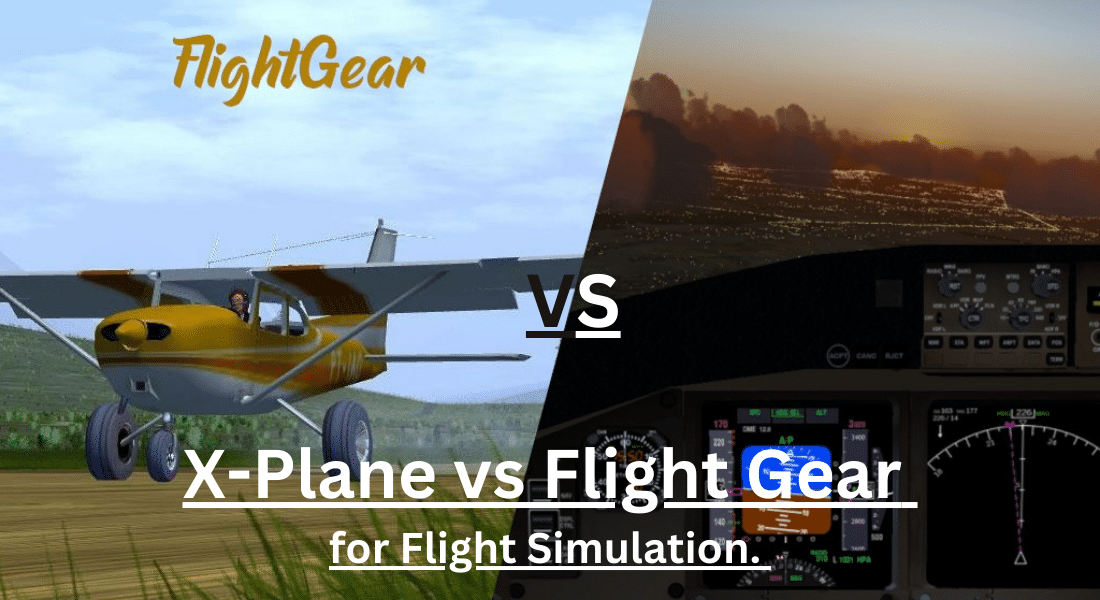In the ever-evolving realm of aerospace engineering, the role of simulation has become increasingly paramount. Among the various simulation techniques available, Software-in-Loop (SIL) simulation stands out as a powerful tool, particularly when implemented in platforms like X-Plane 11. This article explores the importance of SIL simulation in X-Plane 11 and provide comparison of X-Plane vs Flight Gear.
Understanding Software-in-Loop Simulation:
Software-in-Loop simulation involves testing software components of a system in a simulated environment. In the context of aerospace engineering, this means running software that controls aircraft systems within a virtual model, allowing engineers to evaluate and refine their algorithms and code in a controlled environment.

Advantages of X-Plane 11 over FlightGear:
X-Plane 11, a highly sophisticated flight simulator, provides an ideal platform for SIL simulation in the aerospace industry. Let's explore how it compares to FlightGear in terms of realism, features, and usability:
- Realistic Environment: X-Plane 11 is renowned for its realistic depiction of flight dynamics, environmental conditions, and terrain. The physics engine and aircraft models in X-Plane 11 closely emulate real-world behavior, providing a more immersive and authentic simulation experience compared to FlightGear.
- Advanced Physics Engine: X-Plane 11 boasts an advanced physics engine that accurately simulates the aerodynamics of flight. This level of realism is essential for engineers conducting SIL simulations, as it allows for more accurate testing and validation of software algorithms controlling various aspects of aircraft behavior.
- Vast Aircraft Library: X-Plane 11 offers a vast and detailed library of aircraft, including commercial airliners, military jets, and general aviation planes. This extensive selection provides engineers with a diverse range of virtual aircraft to test and validate their software, catering to a broader spectrum of aerospace applications compared to FlightGear.
- Third-Party Support: X-Plane 11 has a robust ecosystem of third-party developers creating high-quality add-ons and plugins. This support extends the functionality of the simulator, enabling engineers to access additional features and tools for SIL simulation. While FlightGear has a supportive community, X-Plane's extensive third-party network adds a level of versatility that may be advantageous for aerospace professionals.
- User-Friendly Interface: X-Plane 11 is recognized for its user-friendly interface, making it accessible to both seasoned professionals and enthusiasts. The intuitive design and ease of use contribute to a smoother workflow, allowing engineers to focus more on the simulation and less on navigating complex menus and settings.
Final thoughts on X-plane vs Flight Gear:
While FlightGear is a commendable open-source flight simulator, X-Plane 11's advantages in terms of realism, advanced physics, aircraft library, third-party support, and user interface make it a preferred choice for Software-in-Loop simulation in the aerospace industry. The combination of X-Plane's powerful features and SIL capabilities propels the aerospace sector toward new heights of innovation and efficiency.

